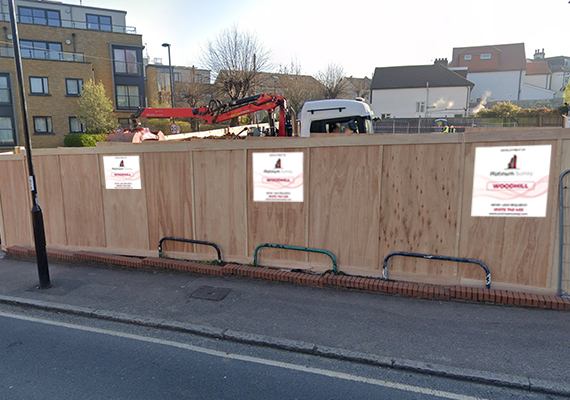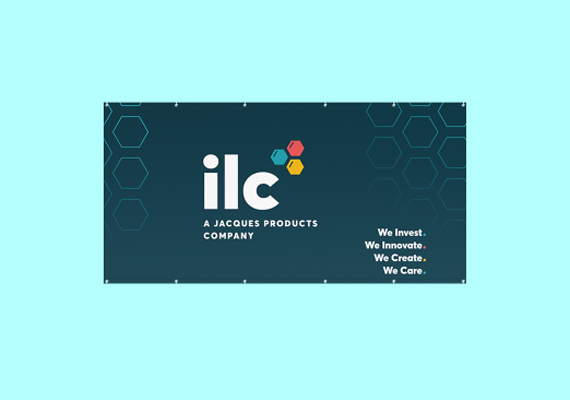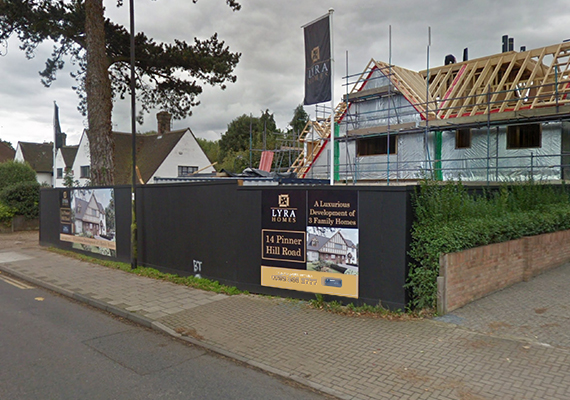Construction sites are active places with plenty of activity, large equipment, and personnel and materials moving about all the time. While progress is exciting, these sites also pose significant risks to both workers and the public. Effective safety measures are essential, and one of the most practical yet powerful tools for managing risk is hoarding signage. Beyond simply marking boundaries, it serves to inform, warn, and guide, ensuring that safety remains a priority from start to finish.
Understanding Hoarding Signage
The panels, boards, and printed images that are erected surrounding building sites are referred to as hoarding signage. They are typically installed on solid fencing or temporary barriers to keep the public away from hazardous zones. The signage is not limited to safety messages—it also conveys project details, company branding, and legal notices.
Common types of hoarding signage include:
- Safety warnings are vital in construction zones, marking hazards like high-voltage areas, falling objects, and machinery use, ensuring everyone is alert to risks and can take steps to avoid accidents or injury.
- Directional and wayfinding signs provide clear guidance for authorised personnel, marking safe entrances, exits, and designated routes to navigate efficiently and avoid restricted or hazardous site areas.
- Information boards share essential details such as emergency contacts, project timelines, and health and safety policies, ensuring transparency and keeping workers, visitors, and the public well informed.
- Branding panels feature the construction company’s name, logo, and promotional visuals, improving public perception, showcasing professionalism, and turning site hoardings into a valuable marketing tool.

Safety Benefits of Hoarding Signage
Hazard Awareness
Construction sites often contain multiple hazards in close proximity, from deep excavations to scaffolding and moving plant equipment. Clear hoarding printed signage placed in visible areas warns both workers and pedestrians of these dangers before they encounter them. High-contrast colours, bold fonts, and simple symbols ensure that messages are quickly understood, even from a distance.
Controlled Access
Unauthorised access can lead to serious accidents and security breaches. Properly positioned signs such as “No Entry” or “Restricted Area” reduce the risk of trespassing and help site managers maintain a secure working environment. This is particularly important in urban areas where construction sites are close to public walkways.
Pedestrian and Traffic Management
Many construction sites are located in busy areas, where public safety depends on clear directions for both pedestrians and vehicles. Hoarding signage can guide foot traffic away from danger zones and ensure delivery lorries or plant vehicles follow designated routes. This minimises confusion and keeps everyone moving safely.
Emergency Preparedness
In the event of an accident or emergency, speed is critical. Well-placed signage pointing to fire assembly points, first-aid stations, and emergency exits ensures workers and visitors can respond quickly. Including clear contact information for site managers or emergency services is also essential for rapid communication.
Compliance and Legal Requirements
These rules outline the correct use of colours, symbols, and positioning to ensure signs are consistent and effective. Hoarding signage not only keeps a site safe but also ensures the company meets its regulatory obligations.
Design Best Practices for Hoarding Signage
For maximum impact, safety signage should be:
- Clear and readable signage uses high-contrast colours and large, legible fonts to ensure vital safety messages are quickly understood by workers and visitors, even from a distance or in challenging site conditions.
- Symbol-based signage incorporates universally recognised icons to convey safety messages clearly to people of all languages and literacy levels, ensuring understanding without relying solely on written instructions.
- Signs should be strategically placed at eye level and in well-lit areas, ensuring they remain visible to everyone on site during both daylight and night hours, enhancing safety in all working conditions.
- Durable and weather-resistant signs, made from materials like aluminium composite board, withstand rain, wind, and sunlight without fading or warping, maintaining safety and brand visibility throughout the project.
- All signage should remain consistent with safety regulations, using approved colours such as red for prohibition, yellow for caution, and green for safety, ensuring compliance and clear visual communication.
Additional Advantages Beyond Safety
While the primary goal is safety, hoarding signage offers other benefits:
- Brand visibility – Construction sites can double as advertising spaces, displaying the contractor’s work, branding, and professionalism, attracting potential clients while promoting the company’s reputation throughout the duration of the project.
- Community engagement – Displaying project details, expected completion dates, and visualisations of the finished build keeps the local community informed, engaged, and supportive, fostering transparency and a positive relationship with the project team.
- Professional image – Well-designed signage creates a professional appearance that reflects order and responsibility, reassuring clients, workers, and the public that the construction site is managed safely, efficiently, and to high standards.

Common Mistakes to Avoid
Even with the right intentions, poor execution can reduce the effectiveness of signage:
- Overcrowding – Overloading signs with excessive text or information can overwhelm viewers, making messages harder to process quickly and increasing the risk that important safety instructions will be overlooked or ignored entirely.
- Low-quality materials – Signs manufactured from materials that fade, crack, or peel over time will rapidly lose visibility, impact, and credibility, diminishing their ability to convey safety messages effectively and maintain a professional image.
- Poor positioning – Signs placed behind equipment, fencing, or other obstructions lose visibility and effectiveness, failing to warn or guide people, which can compromise safety and reduce compliance with site safety standards.
Choosing the Right Materials for Long-Lasting Signage
Material choice directly affects both safety and presentation. Aluminium composite board is a popular option due to its durability, weather resistance, and smooth finish, making it ideal for outdoor environments. Its lightweight yet sturdy construction ensures it stays intact, even in adverse weather, while maintaining vibrant graphics for maximum visibility.
Conclusion
Hoarding signage is far more than a legal requirement—it is an essential part of keeping construction sites safe, organised, and professional. By warning of hazards, guiding movement, and providing vital information, it plays a key role in protecting workers, visitors, and the public. Investing in durable, high-quality signage, such as aluminium composite board options, ensures long-term effectiveness and a polished appearance.
At Hoarding Printing Company, we specialise in designing and producing premium hoarding sign tailored to meet both safety and branding needs. Our commitment to quality means every sign is weather-resistant, regulation-compliant, and visually striking.





